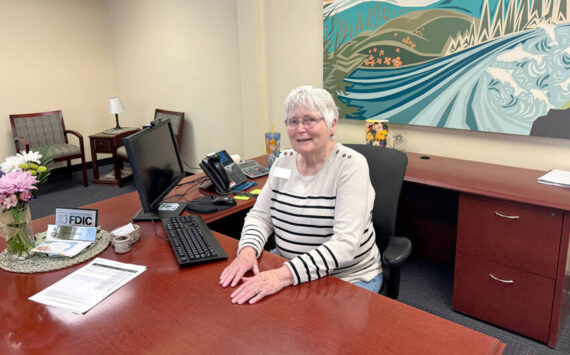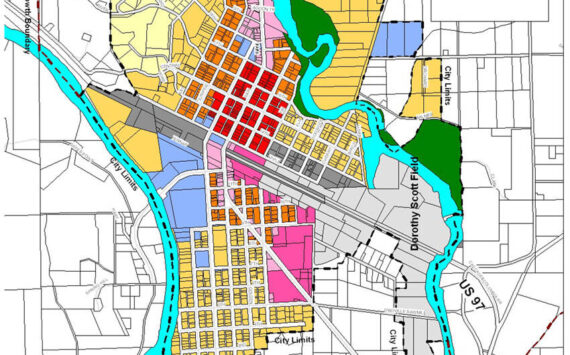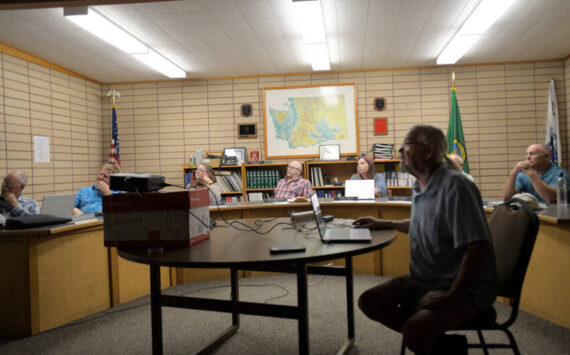OROVILLE – Cheryl Lewis with the Oroville Housing Authority discussed that agency’s plans to construct a 24-unit assisted living facility near their migrant camp off Sawtell Road.
“We have been working on this project for over three years,” said Lewis, an employee of the Oroville Housing Authority, at the Oroville Chamber of Commerce meeting held last Friday, Oct. 9.
“Originally we planned to have 33 units, but national wanted us to cut that in half. The state said we could get where the cash flow would pay for 24-units,” Lewis added.
Lewis said the Housing Authority, which is governed by a volunteer board appointed by the mayor, decided on construction of the assisted living facility near the migrant camp because the agency already owns a four acre parcel of property there. In addition to running the migrant camp, which is composed of trailers with bunk beds, communal showers and cooking facilities, Oroville Housing Authority also runs the Oroville Garden and Similkameen Apartments, according to Lewis.
Lewis said the reason the agency had to get federal approval for Rural Development funding for the project was because the cost of building the facility would be more than $3 million. After learning they could only get funding for a smaller number of units the Housing Authority re-touched base with their architect and contractor, who had been working pro bono up to this point, she said.
Even though a bid for a contractor was already approved, it was based on the larger facility. A new bid process will be necessary when the agency gets ready to build. When the new assisted living is built the Housing Authority will contract with a nurse and will also employ a manager, cook, three to six caregivers, a part time relief cook and a part time maintenance person, she said. They will also run a bus to and from downtown so residents can get to shops and other services, like health care.
While the Housing Authority works on getting their ducks in a row on the assisted living, they have already been awarded a $2.5 million Rural Development grant and a $300,000 loan to build more permanent housing at the migrant camp which currently uses several trailer units. Although the permanent housing will still have bunk house-type sleeping arrangements, they will also have cooking, toilet and washing facilities at each unit, rather than communal facilities.
“We are going to be changing the look out there. We will be building five two-bedroom units with two baths and five one-bedroom units with one bath,” Lewis said. “It will still be migrant and we will still be able to use tents at cherry time.”
Lewis said the goal was to take the utility trailers and convert them to homeless housing.
She said the migrant camp has often been full to capacity at harvest time – both for apple and pear harvest, as well as cherry harvest. The migrant camp charges a nominal fee which is paid either by the worker or their employer. The camp is also is used for homeless housing when the units are available during the off season – especially in the winter.
At times people have been turned away because there is no room left at the camp. This year Lewis said there were 85 to 90 workers living there during cherry harvest.
Regarding housing the homeless, Lewis said, “It is amazing how many single parent fathers we served last year. We have housed 138 individuals and families in the migrant camp. One year we had a family of eleven come here that couldn’t find housing so they lived there.”
According to Lewis the migrant camp has had very little trouble. That people know there are strict rules that have to be followed or they are made to leave, she said.







